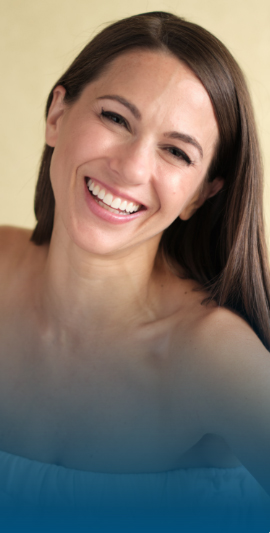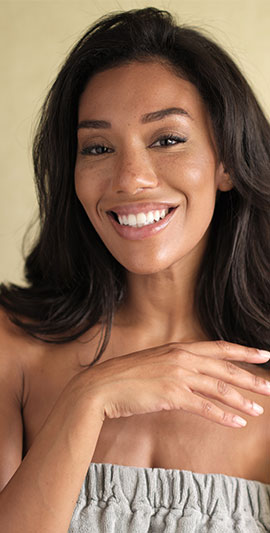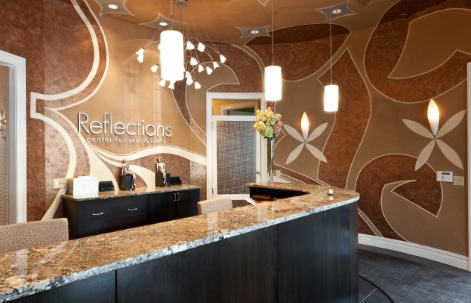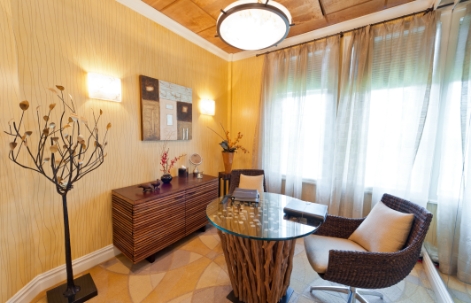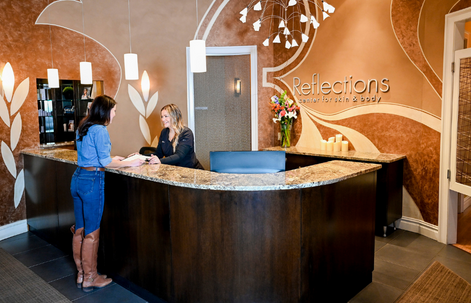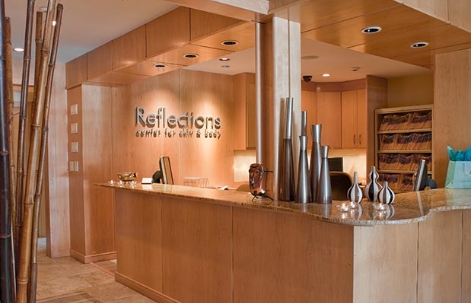Do you have varicose veins? They’re easy to recognize and anyone who has them wishes to hide or eliminate them, particularly in the spring and summer when everyone is in shorts and swimwear. Vein problems range from superficial spider veins on the cheeks and nose, to large, twisted and raised varicose veins on the thighs and lower leg. What causes varicose veins and what can you do about them?
How Varicose Veins Develop
About 50 to 55% of American women and 40 to 45% of American men suffer from some form of vein problem. Varicose veins develop when blood pools in the veins instead of returning to the heart. Blood travels down to your legs through your arteries and returns to the heart through your veins. Regular contractions of the leg muscles help the veins pump the blood toward the heart. Additionally, your veins have one-way valves that prevent the blood from flowing backwards, i.e., down the leg. Your age, weight, gender and family history are among the factors that determine whether or not you will develop varicose veins.
Aging contributes to varicose veins. Varicose veins affect 1 out of 2 people age 50 and older. Since we possess the same veins over decades, the valves in those veins experience wear and tear, becoming weaker with age. This weakness allows blood to flow backwards and pool.
Obesity contributes to varicose veins. The extra fat applies higher pressure in the legs, making it more difficult for the veins and their tiny valves to work against that weight to push the blood toward the heart.
Women develop varicose veins more often than do men. Researchers believe that this is due to hormones during pregnancy and menopause, which cause the vein linings to weaken. Further, the added weight during pregnancy contributes to leg vein pressure, causing varicose veins to develop.
Blood clots lead to varicose veins as well. Even tiny blood clots in the superficial veins cause inflammation that can damage the valves. Weakened valves allow the blood to flow backwards, causing pooling.
The most common cause of varicose veins is lack of movement. If you sit or stand for long periods of time without moving, your leg muscles will contract less often, resulting in pooling. Over time, this leads to bulging of the veins, resulting in the twisted, bumpy characteristic that we identify as a varicose vein.
Treating Varicose Veins
Although anyone can develop varicose veins, there are treatments to help. First, pressure stockings can be worn. Be sure that someone fits you for them, rather than just picking them up at the pharmacy or Target, as poor-fitting pressure stockings will apply either too little or too much pressure.
Unfortunately, pressure stockings will relieve only the discomfort of varicose veins—they won’t make them disappear. Most of our patients opt for either laser vein treatments or sclerotherapy to obtain a permanent solution.
Laser Surgery for leg veins is a new technology that directs intense pulses of laser light into the veins. This causes them to fade and eventually, to disappear. There are no needles used in this therapy and there’s no recovery time.
Leg Vein Laser treatments take about 20 minutes. The GentleYag Nd: YAG and Vbeam Pulsed dye lasers are the most advanced lasers to treat leg veins. Depending on the severity of the veins, three to four treatments may be needed to achieve a treatment goal. There is some discomfort during the procedure but this is gone by the time patients leave the office. Patients can return to normal activity right after treatment. For larger veins, over 3mm, other forms of therapy are indicated. For tiny veins that can’t be treated with sclerotherapy, the laser is the treatment of choice.
It is not uncommon for sclerotherapy to be performed initially and then the laser is used to clean up the veins that have been resistant.
Sclerotherapy is another option. Sclerotherapy involves injecting a solution through a very tiny needle into the vein. The solution causes the vein to waste away and disappear over a few weeks. It’s very simple and involves only minor discomfort.
Radiofrequency and laser energy are yet two more options performed here in our New Jersey cosmetic surgery practice. These methods for treating the deeper varicose veins of the legs (the saphenous veins) have replaced surgery for the vast majority of patients with severe varicose veins. This technique is not very invasive and can be done in the office.
You don’t have to suffer with ugly leg or facial veins! Call us today at (973) 740-2444 in Livingston or 908-575-1122 in Martinsville to set up a visit.


